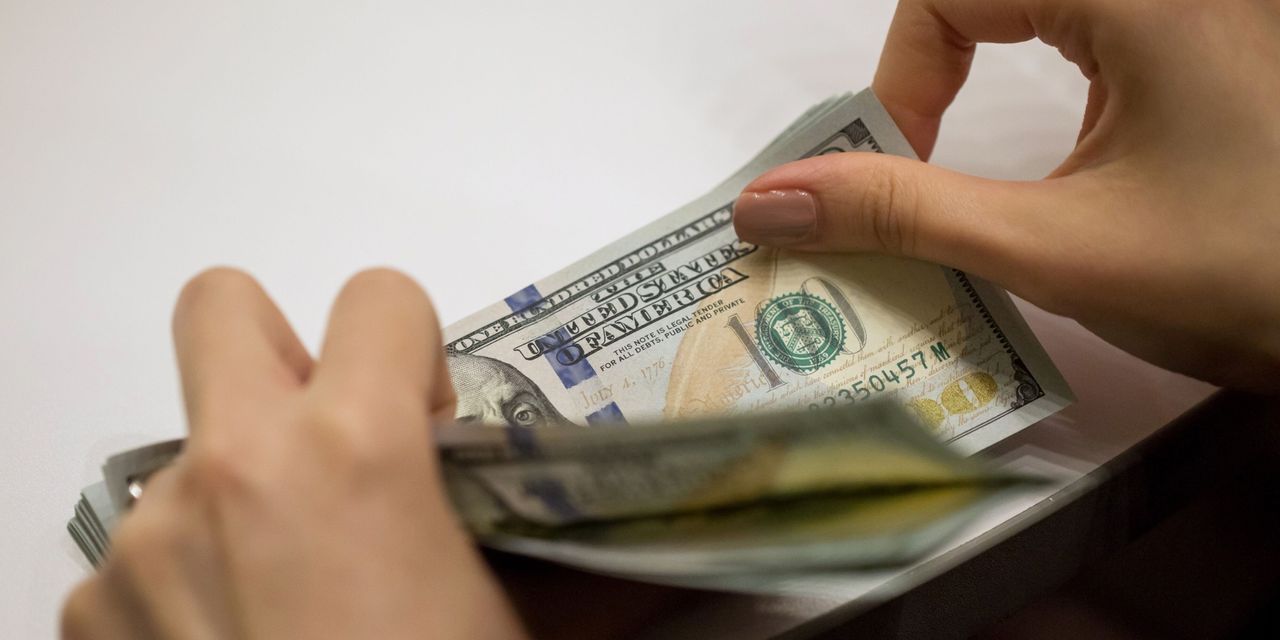These are the halcyon days of cash. Money-market funds and Treasury bills offer yields around 5% with virtually no credit or interest-rate risk. Longer-term Treasuries yield less than short-term ones, a condition known as an inverted yield curve, so there is no immediate upside for venturing into later maturities. Plus, yield-curve inversion is a remarkably prescient harbinger of a future recession, making corporate bonds unappealing.
But while cash might seem perfect now, it has longer-term risks. Michael Arone, an investment strategist at State Street Global Advisors, raises the specter of reinvestment risk, or the danger that when rates eventually fall, cash investors will have to reinvest at lower rates. He recommends a barbell approach, by being overweight cash on one end and high-quality, longer-duration securities at the other end. “Now you’re able to pick up investment-grade assets with significant yield to offset some of that reinvestment risk,” he says.
Another plus: When the impact of the Federal Reserve’s interest-rate hikes inevitably leads to a slower U.S. economy, yields will fall, and if you own a few intermediate securities, you could participate in the upside as those securities appreciate in price. “If you stay in cash, you would miss out on potential bond market rallies in the next year,” says Dhruv Nagrath, director of fixed-income strategy at BlackRock.
That message may fall on deaf ears right now. Bond prices have fallen in July as yields have risen sharply. The 10-year Treasury note topped 4% this past Thursday for the first time since March. Inflation remains elevated, and another Fed rate hike is expected this month. An exchange-traded fund tracking a broad bond benchmark,
iShares Core U.S. Aggregate Bond
(ticker: AGG), is down about 3% in the past three months.
Nonetheless, long-term investors, especially those in retirement who are looking for consistent income, should prepare now for an eventual peak in yields and add some longer-duration securities.
The good news: You can get a bit more yield than cash and still stay in high-quality securities if you look in some less obvious corners of the fixed-income markets. Preferred shares, often issued by large and highly rated banks, yield around 6%. Likewise, agency mortgage-backed securities have little credit risk or prepayment risk because many homeowners are holding on to their 3% mortgages.
“Preferreds offer an interesting opportunity in an investment-grade asset with yields of more than 6%,” says Arone. They are also relatively cheap due to the regional-bank crisis in March. “Rarely is there this big a discount to par for preferreds,” he notes. State Street’s offering is the
SPDR ICE Preferred Securities
ETF (PSK), which yields 5.72%.
Cliff Corso, chief investment officer at Advisors Asset Management, likes shorter-term preferreds issued by big banks and energy companies. His firm’s
AAM Low Duration Preferred & Income Securities
ETF (PFLD) yields close to 7%.
Nagrath has other high-quality securities on his list, including longer-term Treasuries. “Recession is going to creep into the narrative,” he says. “Having some longer-duration Treasuries is a prudent thing.” He suggests investors add an ETF that tracks a bond benchmark, such as iShares’ Core Bond offering, which has an intermediate duration and yields 4.12%.
Inflation-protected Treasuries, agency MBS, and local-currency emerging market debt are also in BlackRock’s fixed-income playbook now. Nagrath is less a fan of preferreds because of their exposure to the financial sector. The
iShares Preferred & Income Securities
ETF (PFF) offers a 6.62% yield, but 70% of assets are in bank preferreds. Still, it’s hard to argue against a modest allocation to that sector. B
Write to Amey Stone at [email protected]
Read the full article here



